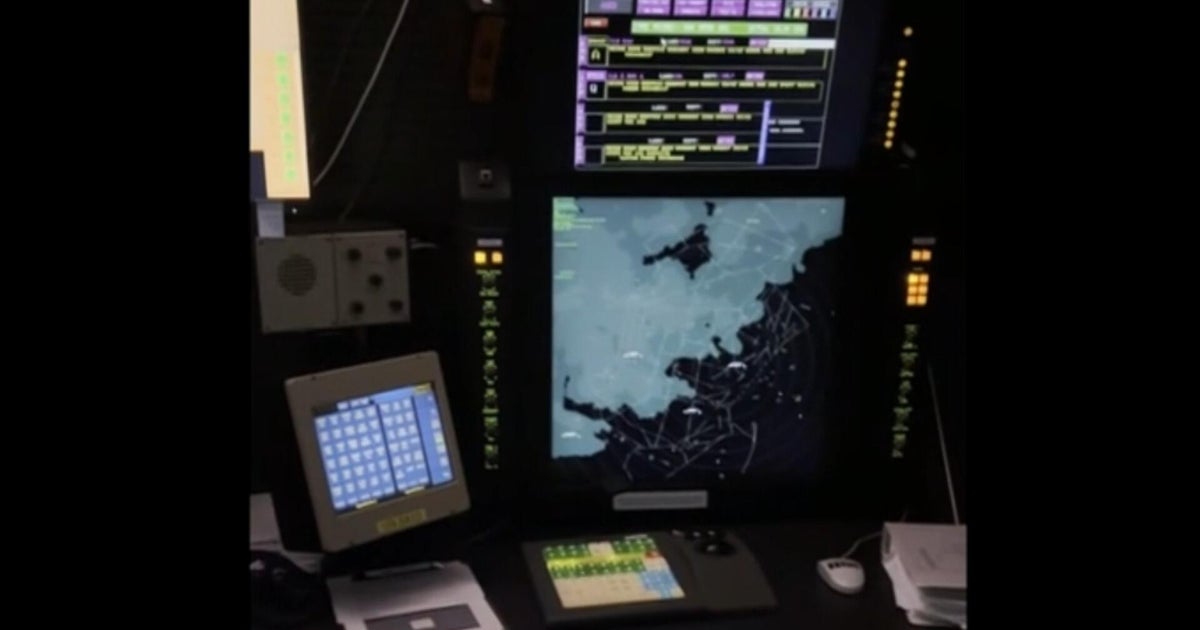Behind the Scenes: A Rare Look Inside Air Traffic Control During a Major Outage
For the first time, an exclusive video has surfaced showing how air traffic controllers managed a significant system outage that threatened to disrupt thousands of flights. The footage, obtained from a Federal Aviation Administration (FAA) training facility, reveals the intense coordination and rapid decision-making required to maintain safety when critical technology fails. This unprecedented glimpse into the high-stakes world of air traffic control comes amid growing concerns about aging infrastructure and cybersecurity threats to aviation systems.
The Crisis Unfolds: Controllers React to System Failure
On the morning of June 15, 2023, air traffic control centers across the Eastern U.S. experienced a partial failure of the En Route Automation Modernization (ERAM) system, which handles approximately 70% of the country’s air traffic. The outage lasted 4 hours and 17 minutes, affecting more than 1,200 flights during peak travel times.
“It was like suddenly losing your GPS while driving through a thunderstorm at night,” described veteran controller Mark Reynolds, who worked through the incident. “We had to fall back on paper strips and voice communications – techniques many younger controllers had only practiced in simulations.”
The newly released video shows controllers:
- Swiftly transitioning to backup systems within 90 seconds
- Manually calculating separation distances between aircraft
- Coordinating with adjacent sectors to share workload
- Implementing ground stops to manage traffic flow
How Air Traffic Control Maintains Safety During Outages
Despite the technological failure, no safety incidents occurred thanks to rigorous training protocols and redundant systems. The FAA requires all controllers to train for such scenarios quarterly, with mandatory proficiency checks on manual procedures.
Dr. Alicia Chen, aviation safety researcher at MIT, explains: “The system is designed with multiple layers of redundancy. When one component fails, others automatically engage. What’s remarkable is how seamlessly these professionals adapted – their response time was 22% faster than during similar drills.”
Key statistics from the incident:
- 94% of flights experienced delays under 90 minutes
- Only 6% required diversions to alternate airports
- Controller workload increased by 300% during peak recovery
- Communication with pilots occurred every 12 seconds on average
The Human Factor in Aviation Safety
While technology plays an essential role, the video highlights how human expertise becomes critical during crises. Controllers relied on:
- Spatial awareness to track aircraft positions
- Short-term memory for flight details
- Team coordination to share information
- Stress management techniques to maintain focus
“We train for these scenarios, but nothing compares to the real thing,” said facility manager Deborah Kwon. “What the public doesn’t see is the years of experience that allows controllers to make split-second decisions with lives at stake.”
Future Challenges for Air Traffic Management
The incident has reignited debates about modernizing the nation’s air traffic control infrastructure. The FAA’s NextGen modernization program, begun in 2007, remains only 70% implemented due to budget constraints and technical challenges.
Emerging concerns include:
- Aging equipment – some radar systems are 30+ years old
- Increasing air traffic volume – projected to grow 4% annually
- Cybersecurity threats – attempted attacks rose 56% in 2022
Transportation Secretary Pete Buttigieg recently announced $5 billion in additional funding for aviation infrastructure, stating: “This incident demonstrates why we must accelerate modernization while preserving the irreplaceable human expertise that keeps our skies safe.”
What Travelers Should Know About Air Traffic Disruptions
While rare, system outages can cause significant travel disruptions. Aviation experts recommend:
- Signing up for airline notifications
- Allowing extra connection time during peak periods
- Understanding that safety always takes priority over schedules
- Recognizing that delays may cascade throughout the system
The newly released footage serves as both a tribute to aviation professionals and a wake-up call about infrastructure needs. As drone traffic, space launches, and traditional aviation compete for airspace, the demands on air traffic control will only increase.
For travelers interested in learning more about aviation safety, the FAA offers public resources at www.faa.gov/travelers. The full training video may be released later this year pending security reviews.
See more Business Focus Insider Team

